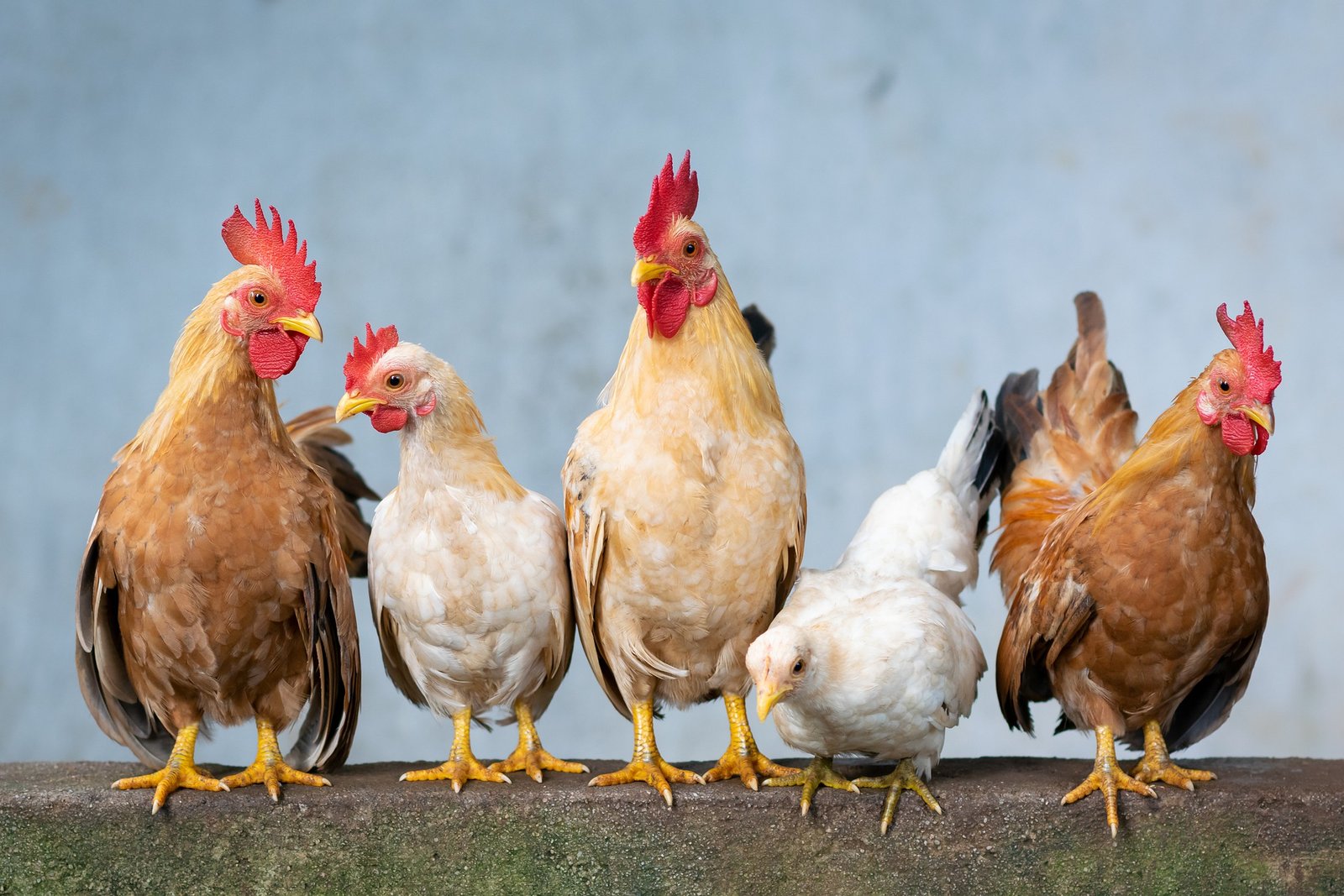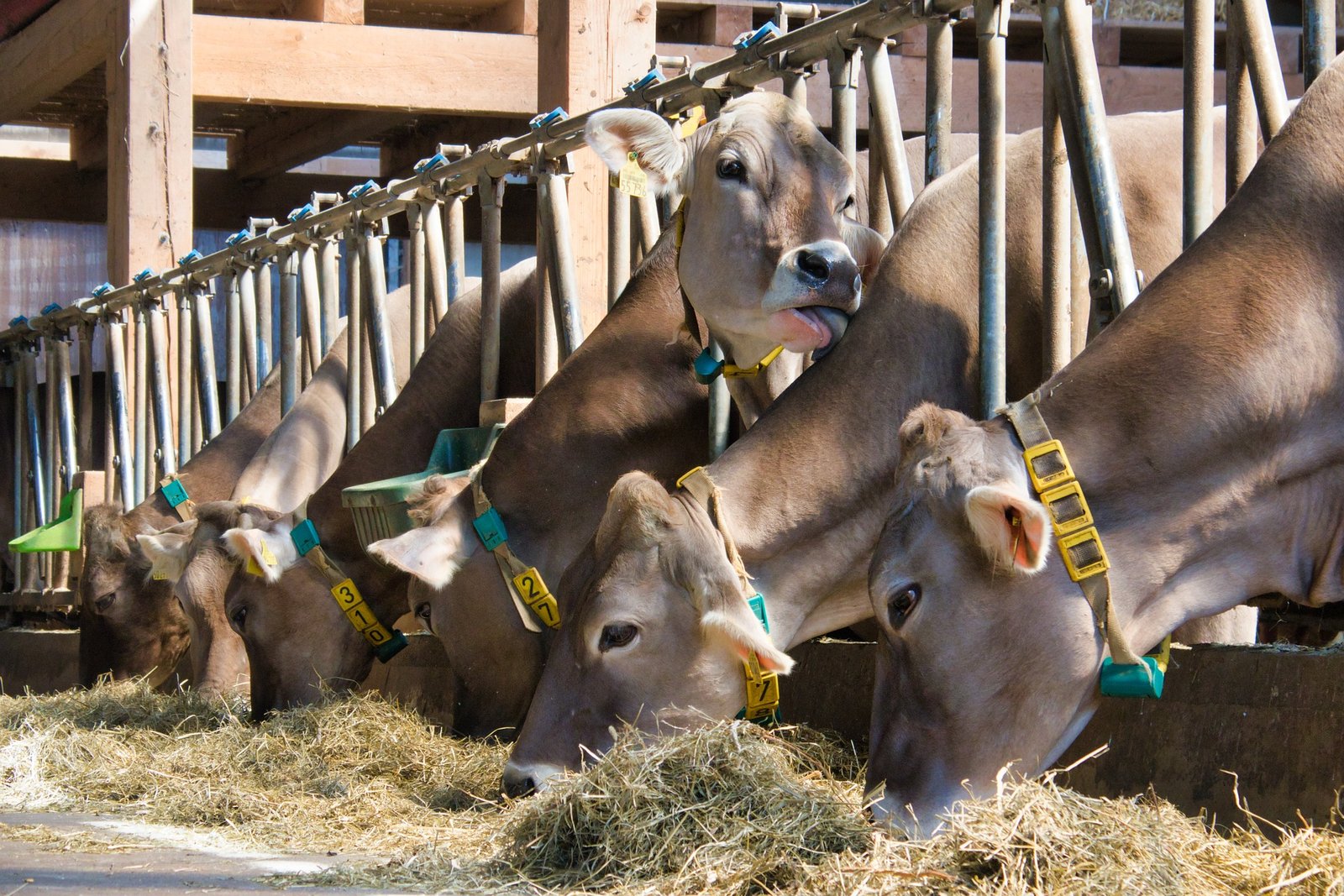| Black revolution: Biofuel (Jatropha) production |
| Blue revolution: Fish production |
| Brown revolution: Non-conventional energy source |
| Evergreen revolution: Reduction in wastage of food grains, fruits, and vegetables |
| Food chain revolution: Food grain production |
| Golden Fiber Revolution: Jute Production |
| Golden revolution: Fruit production (apple) |
| Green revolution: Food grain production |
| Grey revolution: Manures and Fertilizers |
| Parbhani revolution: Okra |
| Pink revolution: Prawn production |
| Protein Revolution: Higher Production (Technology-driven 2ndGreen revolution). |
| Rainbow revolution: Overall development of the agriculture sector (1996) |
| Red revolution: Meat/Tomato production |
| Round revolution: Potato production |
| Silver Fiber Revolution: Cotton |
| Silver revolution: Egg production/Poultry |
| White revolution: Milk production |
| Yellow revolution: Oilseeds production |
Black Revolution: Black Revolution is to increase petroleum production, the Government planned to accelerate the production of ethanol and to mix it up with petrol to produce bio-diesel. Ethanol is a renewable source of energy. The blending of ethanol with petrol has been practiced in the USA and Brazil for over 70 years. The blending of ethanol with transport fuels would provide better returns to farmers, supplement scarce resources of hydrocarbons, and environment-friendly by reducing pollutants as it helps combustion.
Pink Revolution: In this revolution boom of export and production of meat in India is the period of the Pink Revolution. It indicates the technological revolution in the poultry and meat processing sector.
Grey Revolution: It is related to increased fertilizer production. It is basically related to the mal effects of the green revolution of India focusing on what can happen if the new agricultural equipment turns things wrong.
White Revolution: The Father of the White Revolution is Verghese Kurien was a social entrepreneur. His “billion-liter idea”, Operation Flood created the Asian nation (India) the world’s largest milk producer and agriculture India’s largest self-sufficing business/industry.
Yellow Revolution: In the yellow Revolution, rising from the ‘net importer’ state, India achieved the status of a self-sufficient and net exporter. An all-time record of 25 million tonnes of oilseeds production from annual oilseed crops was attained during the early 90s.
Green Revolution: In the early 1960s was the phase of the Green revolution in India. It leads to an increase in higher-yielding varieties of seeds due to improved agronomic technology.
Silver Revolution: During the Silver Revolution phase the production of eggs was tremendously increased. The increased productivity of eggs was made possible due to medical science and more protein-rich food for the hens.
Golden Revolution: In Golden Revolution, the period between 1991 to 2003 is known as the period of the Golden Revolution. The golden revolution made India a world leader in the production of coconut, bananas, mangoes, and spices and provided sustainable livelihood and nutrition options.
Brown Revolution: The brown revolution focuses on meeting the demand for coffee from the developed nations by growing socially responsible and environment-friendly coffee. The Brown Revolution is occurring in Visakhapatnam.
Blue Revolution: This revolution made the emergence of aquaculture an important and highly productive agricultural activity.
Golden Fiber Revolution: In India is related to jute production. During the industrial revolution, jute started being used as a raw material in the fabric industry and until today, the processed jute is used for making strong threads and jute products.

















[…] Read More:- List of Agricultural Revolution in India Click here […]